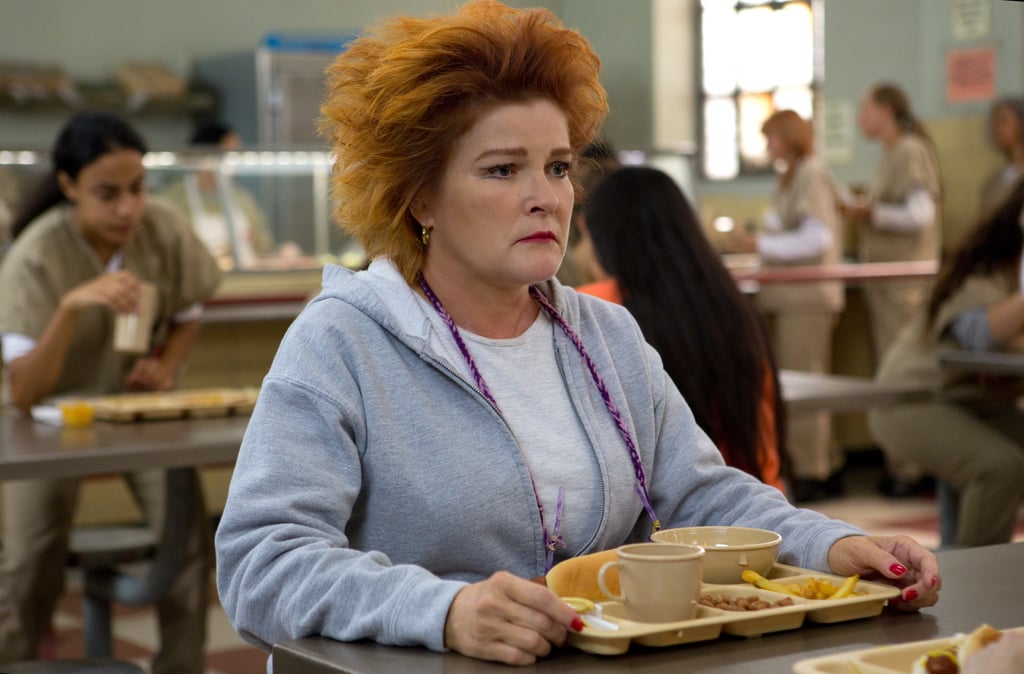

Inmates use toilets without partitions and are obliged to do so in the presence of an activist, he said.Book Lover Resources, Advice for Writers and Publishersģ0 Amberwood Parkway, PO Box 388, Ashland, OH 44805ħ024 Melrose Avenue, Suite 310, Los Angeles, CA 90038ĩ780982410516, $14.95, The deadliest things have the prettiest faces.

Dyomushkin said in an interview on the Echo of Moscow radio station. Inmates spend hours standing with their hands clasped behind their backs, looking at their feet, forbidden from making eye contact with the guards, Mr. Inmates, for example, must shave every morning but are not allowed to do so themselves because they are not allowed to hold razors instead, activists wield the razors and cuts and nicks are common, he said.

Navalny could wind up for infractions as minor as failing to button his jacket, as psychologically harrowing. 2, activists command fellow prisoners to perform meaningless tasks such as making beds multiple times a day, or undressing and then dressing again, according to accounts of former convicts.ĭmitri Dyomushkin, a nationalist politician who served time in the colony, described conditions in the separate punishment brigade, where Mr.
#Fellon petrovich russian prison mafia facebook code#
Upon arrival, for example, guards force inmates to renounce on video the code of honor governing prisons run by the criminal thieves in law, by saying, “I do not support the prisoners’ way of life.” It is in essence an acquiescence to the authority of the activists, according to this description, but this fealty cannot be stated openly because, formally speaking, the activist groups were outlawed a decade ago.Īll the same, at Penal Colony No. Navalny’s organization released a description of the colony on Monday underscoring the role of the co-opted prisoners in managing the population. 2 is, “the reddest of red” prisons, a lawyer, Maria Eismont, who represented a former convict at the site, told Open Media, an opposition news site. Activist-controlled prisons are called “red zone” facilities, in Russian prison parlance.

2 is controlled by activists in cahoots with the warden, according to former inmates, an arrangement that will allow the prison administration to strictly control Mr. While guards oversee the prison, fellow prisoners maintain discipline within the brigades, either in cooperation with guards, a group known as “activists,” or as criminal gang leaders, known as “thieves in law.” Inmates live collectively in groups of several dozen called brigades in low slung, two-story buildings surrounded by walls and barbed wire. The site is typical for Russia’s colony-type prisons that evolved, with a few improvements, from the gulag camps established in the 1930s. But the colony is known for strict enforcement of rules and for making extensive use of a separate, harsher, punishment facility within its walls where inmates are not allowed to mingle or even talk among themselves, according to former inmates and lawyers.


 0 kommentar(er)
0 kommentar(er)
